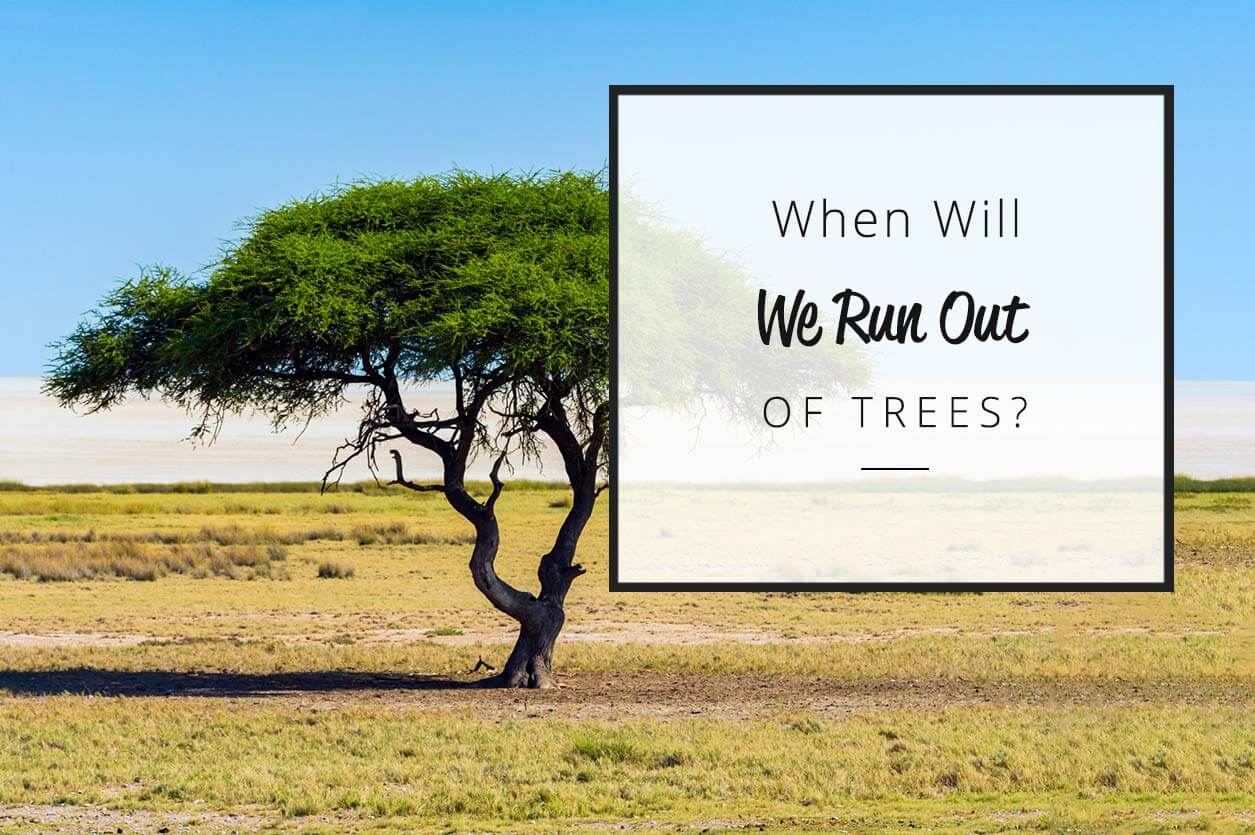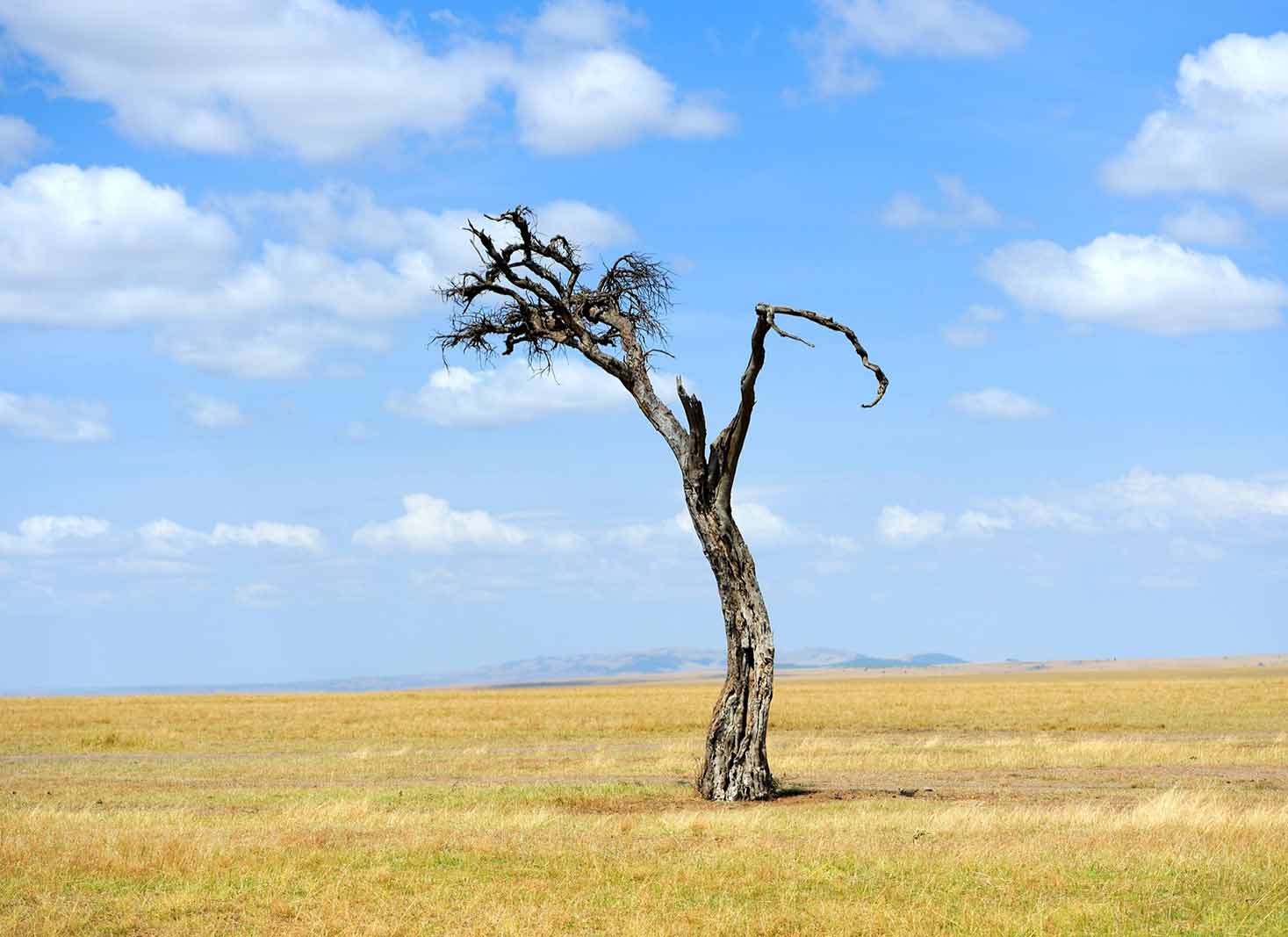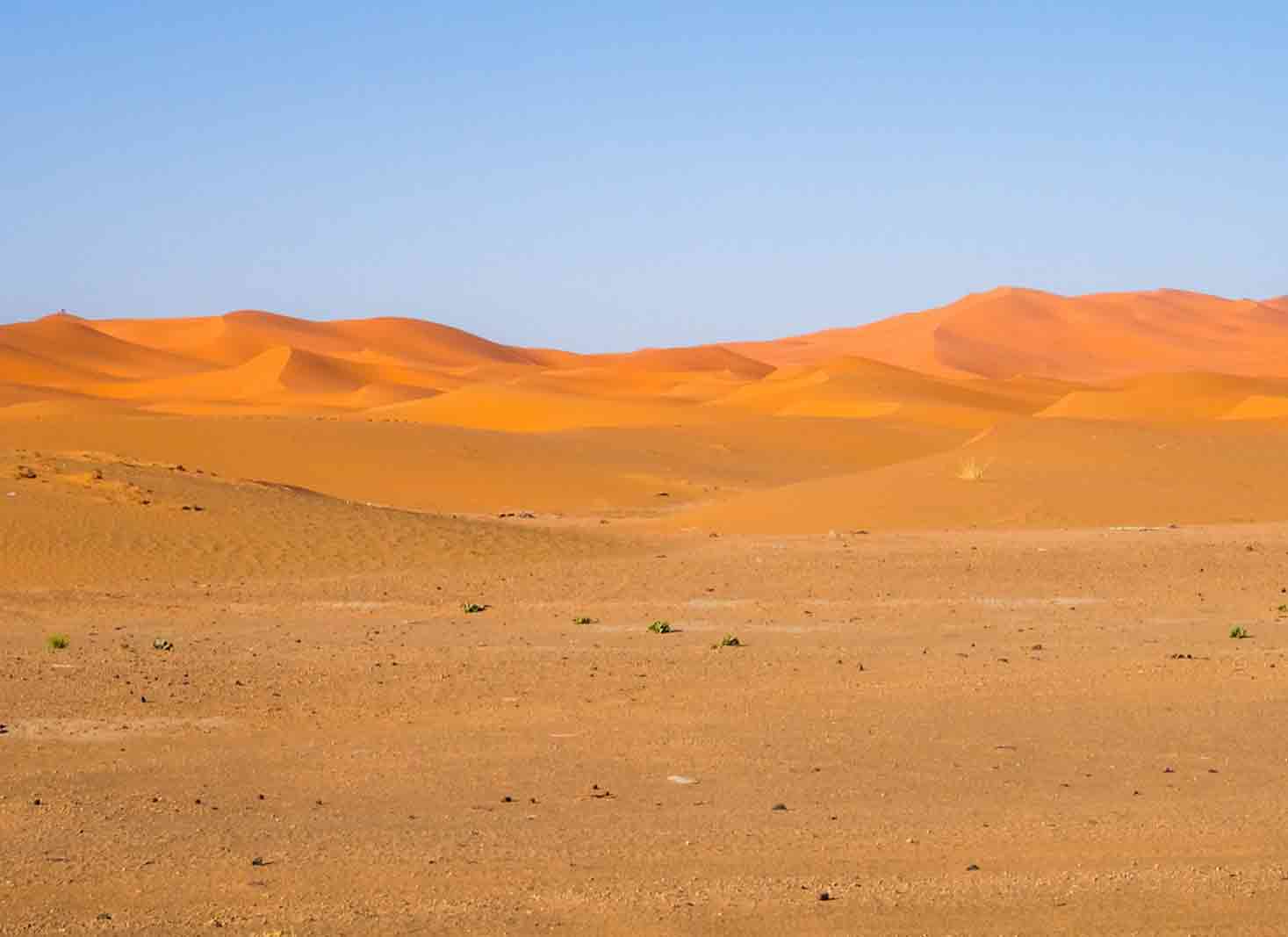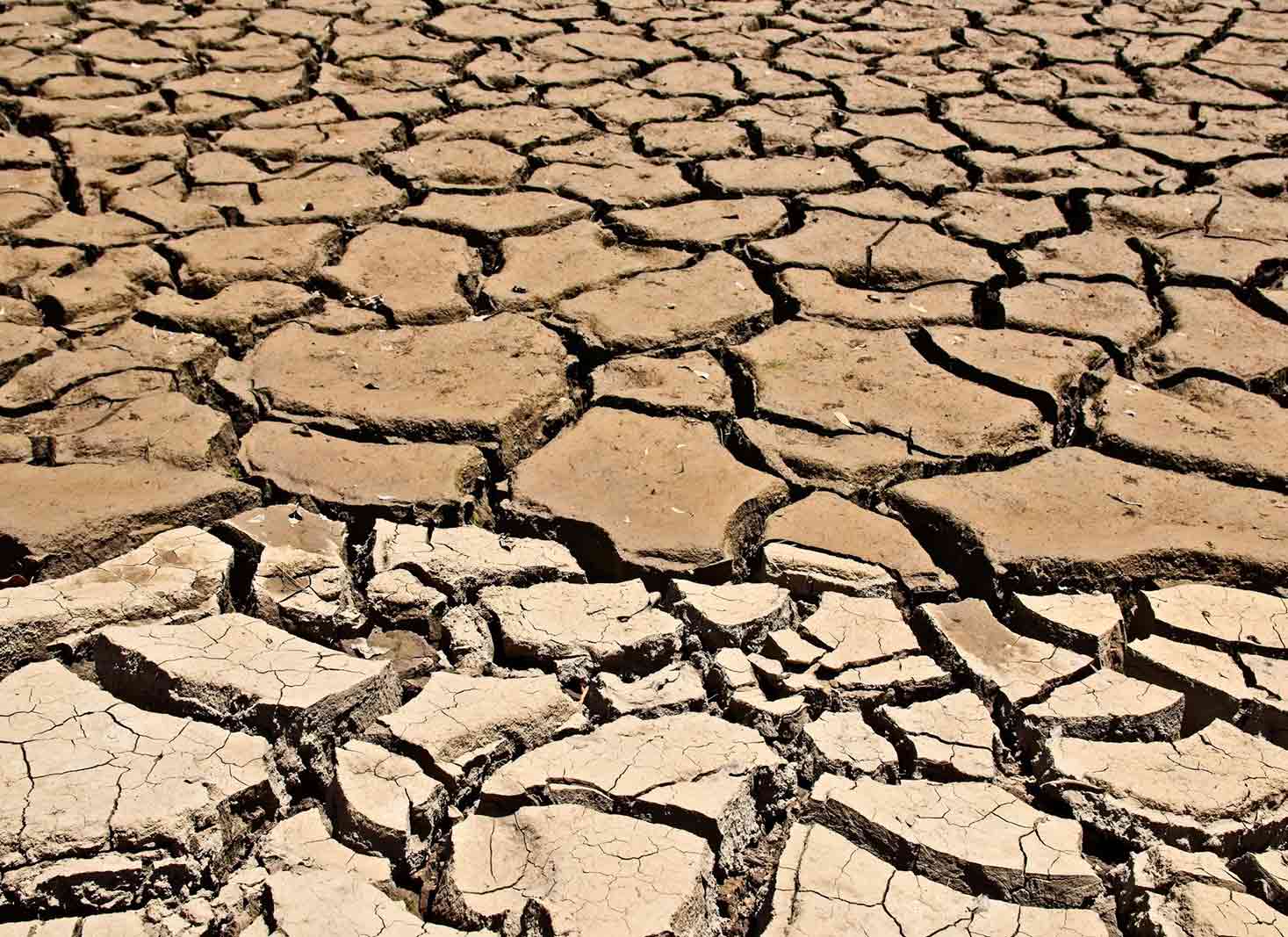Trees play a crucial role in our existence. They existed long before humankind and have survived through numerous human generations. Yet, recently, there has been increasing alarm over the swift decline of tree populations and the problems that arise from this situation.
We will run out of trees in approximately 300 years if the current rate of deforestation is not curtailed. We lose an estimated 15 billion trees annually; if this trend continues, we will run out of trees.
This figure considers the recent number of trees at 3 trillion and the current deforestation rate of approximately 15 billion trees per year.

What we cover
ToggleWill we ever run out of trees?
Although 3 trillion trees may seem like an unlimited amount of trees, the current rate at which these trees are getting cut down is alarming. For every 15 billion1 trees cut down each year, only 5 billion are replanted, guaranteeing a loss of 10 billion trees yearly.
If this continues, in the next three centuries, the world may end up treeless. And by then it would be too late to do anything about it. The world may run out of trees due to the following reasons.
1. Commercial deforestation
Many of the world’s largest forests, especially the Amazon rainforest, have been undergoing severe deforestation by commercial companies to source timber. Timber is a very important and valuable material for the manufacturing industry used to make furniture, paper, buildings, etc.
This has led to the cutting of thousands of trees per day to source timber. The invention of faster, easier methods of tree cutting has only served to increase the number of trees cut down every year for commercial purposes.
2. Inadequate replanting schemes
After the commercial deforestation of forests in the world, they should naturally be replanted. However, this is oftentimes not the case as many of these trees are not replanted. Many countries, especially world leaders, have begun extensive replanting schemes.
However, these schemes have not been enough to counteract the rapid loss of trees and forests. It is stated that for every 15 billion trees cut down annually, only 5 billion are replanted leaving a net loss of 10 billion trees every year.

3. Urbanization
With more of the world going urban by embracing technology, westernization, and so on, so has the number of trees in these areas decreased. This is because many trees and forests are cleared to make room for buildings, recreational centers, offices, etc.
Also considering the massive rural-urban drift with more and more rural people moving to urban areas, there is an increased need for space leading to the clearing of more forests or using of potential farmland for urban buildings instead.
4. Overpopulation
The world’s population has been steadily increasing in the last century. This is due to the advancements in health care and general well-being causing the death rate to reduce drastically. More people in the world means more demand for places to live.
This has in turn led to the exploration and utilization of lands formerly occupied by trees and forests. Populations keep creeping into more and more forests in a bid to accommodate people. Most populated cities and states have very low tree populations due to a lack of land to grow the trees.
What happens if we run out of trees?

In the last two decades, more and more attention has been shed on the need to conserve our forests and plant more trees. These talks have led to the dangers of deforestation and how it can spell doom for the earth.
Having discussed when we may run out of trees given our recent data, what will happen if we ever run out of trees?
1. Loss of ecosystems
Many forests constitute delicate ecosystems that have a balance perfected for thousands if not millions of years. These forests contain a large variety of plants and animals that make up the food chain while contributing back to their environment.
Eighty percent (80%) of all land animals and plants live in forests and without trees, most of them will die. If we run out of trees, these plant varieties will be lost to mankind forever. The lack of food, shelter, and natural habitat for the animals will cause them to die off until the majority go extinct.
2. Overheating of the earth
When we run out of trees, the world will face the problem of overheating. A large tree can push 150 tonnes of water into the atmosphere annually. This water then falls back into the forest as rain. Rain is a very important factor in cooling down the earth and places with low amounts of rain often experience extremely high temperatures.
They also have to deal with desertification and famine as most plants do not survive in constantly hot temperatures. With no trees, the earth will become extremely hot leading to the drying out of all wood causing wildfires. These wildfires will pollute the environment with soot and carbon dioxide.
3. Bad air quality (high CO2 and low O2)
Forests recycle a majority of the Carbon dioxide released into the world, losing all the trees in the world will mean that this large amount of carbon dioxide remains in the atmosphere. If we lose all the trees in the world, an estimated 35 billion tonnes of Carbon dioxide will be released into the world.
This carbon dioxide will pollute the earth causing the greenhouse effect that leads to global warming. The carbon dioxide that will potentially be released will drastically reduce the air quality for humans leading to multiple respiratory diseases, cancers, etc. that will reduce the quality of life of humans.
What can we do to prevent running out of trees?
Knowing the real danger that faces the earth and its inhabitants if we run out of trees, figuring out how to prevent or slow down the loss of trees and delay these real-life consequences.
Here are a few things we can do to prevent running out of trees.

1. Plant a tree
One of the best ways to prevent the earth from running out of trees is by planting more trees. Households can start by planting one or two trees in their backyards depending on the available space. Different types of trees suit different soil types, weather patterns, and even growth requirements.
Countries can also dedicate protected land to the planting and conservation of trees in their areas. Deforested locations should be replanted and conserved. Planting more trees is one sure way to prevent running out of trees.
2. Educate the public on the need for trees
Many people have little to no idea of the intrinsic value of trees and the necessity they are to live. Educating the general public on the need to plant, conserve, and maintain the trees around them for the better of all, will encourage them to take care of the trees around them.
This education can take place in the form of neighborhood gardening classes, community sensitization, classroom discussions, and voluntary education. This should be encouraged at all levels of life starting from elementary to senior citizens.
3. Fund afforestation schemes
Planting trees is a very important way to prevent running out of trees as explained earlier. However, the cost of land, tree seeds, maintenance, and conservation are very high, especially in this day and age. With the high demand for land to build property, many countries can ill afford to contribute the necessary acres to just the planting of trees.
Funding of afforestation schemes will allow interested parties the land and the capital to plant millions of trees. The funding can be done by governments, private NGOs focused on trees, private donors, etc.
4. Strict regulations guiding trees
Many trees are cut to be used as raw materials in the manufacturing sector. They are used in manufacturing many things like furniture, paper, toilet rolls, etc. All these products are in constant demand and the need for wood as raw materials is very high causing more commercial deforestation of forests.
Strict regulations concerning the number of trees that can be harvested, the number to be replanted and many others should be established. The consequences for breaking these rules should be just as strict with heavy fines, cancellation of permits, etc. to discourage any potential defaulters.
5. Recycle
Many tree-based products such as paper should be recycled. This allows for multiple-use of such products that require wood as the raw material and helps to relieve the demand for timber. Another thing that can be recycled is furniture.
They can be remolded and resold catering to the large demand for wood and reducing the need for timber. Recycling is a very helpful way of reducing the amount of timber harvested for manufacturing and helps to prevent us from running out of trees.
- Kevin Dennehy, (2015) Study Reveals There are Many More Trees Than Previously Believed. <https://environment.yale.edu/news/article/Yale-study-reveals-there-are-3-trillion-trees-on-earth> Accessed: 26-02-2024




